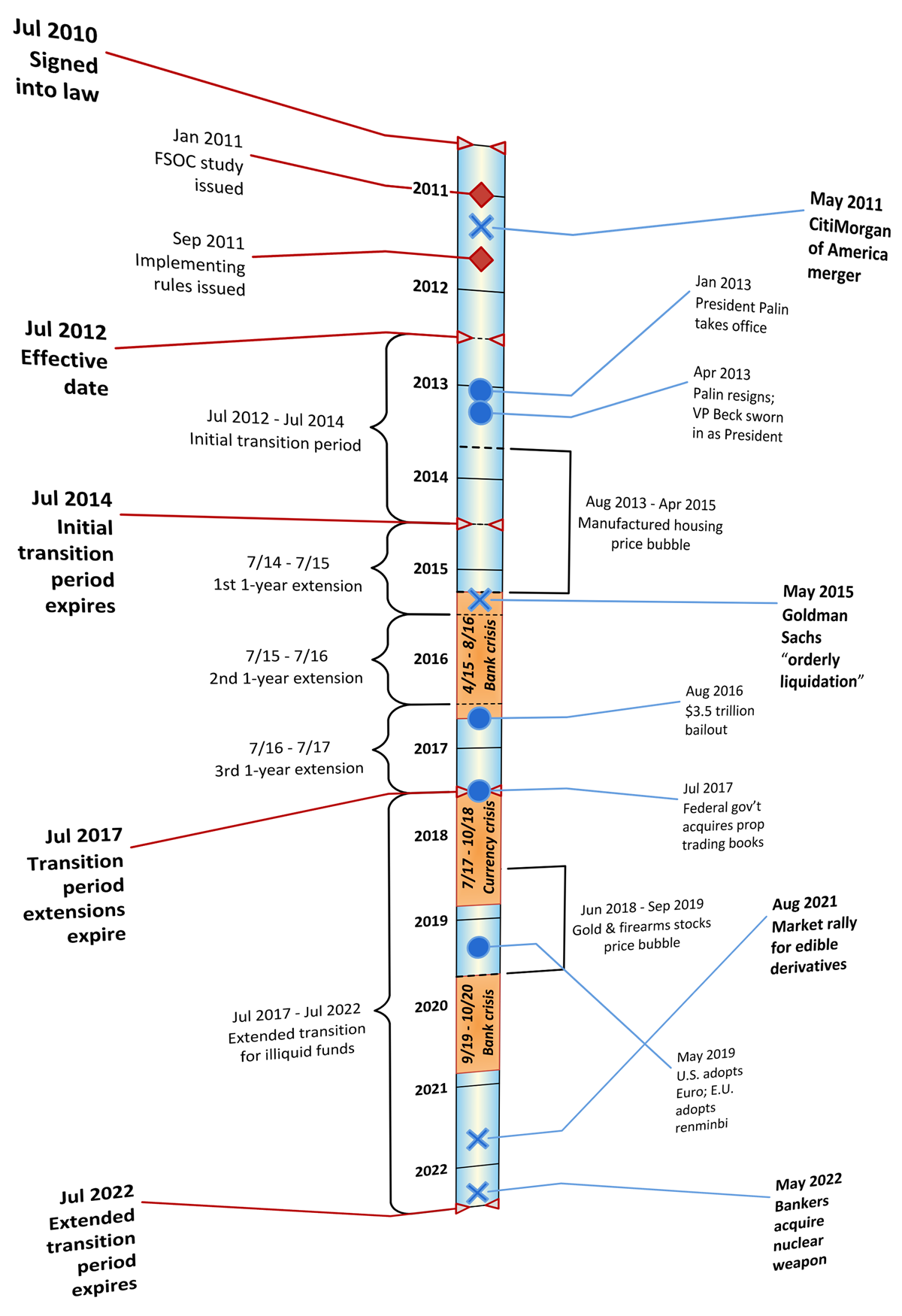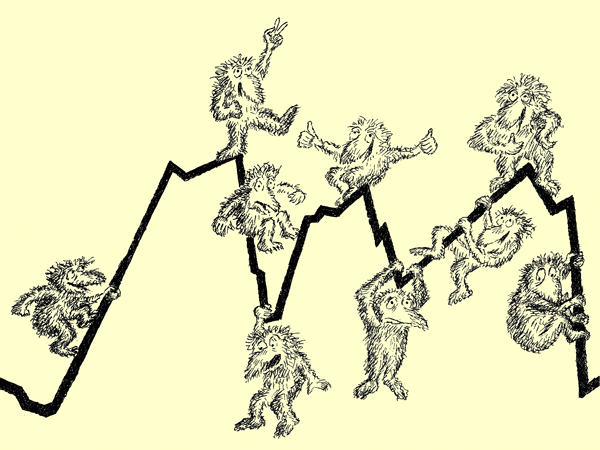Corporate governance icon Lucian Bebchuk gives his directions to Public-Private Neverland in “How to Make TARP II Work,” a proposed structure for private sector investors to participate in the government’s acquisition of troubled assets from banks. Prof. Bebchuk believes that an effective plan is possible based on the Public-Private Investment Fund (dimly) previewed by Treasury’s Geithner last week. One element of Bebchuk’s proposal — establishing a “significant number” of privately managed P-P funds, each financed in part by the government, to make competing bids for troubled assets — reprises a paper he published in September 2008, during the debate over TARP I.
The other, less familiar element calls first for private fund managers to compete for government financing, to make proposals that maximize private participation in the P-P funds and minimize the government’s exposure. If, for example, the government financing is in the form of a non-recourse loan, competitive bidding might result in each P-P fund being financed 60% by the government and 40% with private capital contributions, leaving the government exposed only to losses in excess of 40% of the fund portfolio’s initial value (itself the result of a competitive bidding process). To keep the interests of the government and the private sector investors aligned in a heavy-loss scenario, the 40% private participation could be split so that only ¾ is equity and the remaining ¼ is debt that ranks pari passu with the government financing. To give the government some exposure on the upside, it could acquire an equity participation in lieu of a portion of (or in addition to) its non-recourse loan. And so forth.
Bebchuk’s dual-auction structure — bid for the government financing first, and then bid for the troubled assets — promises a sophisticated mechanism for price discovery in difficult circumstances, and is appealing on both rational and emotional grounds. Designing the process and tinkering with the various parameters would be fun for a few months, and would certainly make it easier to ignore the advancing hoofbeats of the econolypse. But even if the structure ultimately results in bid prices that reflect the “fundamental” economic value of the troubled assets (i.e., the discounted present value of their expected cash flows if held to maturity), what reason is there to think that these bids will be any closer to the troubled assets’ book values — and the banks’ asking prices — than the prices available in today’s supposedly “illiquid” market? Bebchuk makes a critical assumption:
It should be stated at the outset that making this market well-functioning would not necessarily bring the banking sector to normalcy. A well-functioning market will convert some of the troubled assets held by banks into cash and, perhaps more importantly, provide more reliable valuations for the troubled assets that banks will retain. While this might confirm the claims made by some banks about the value of their assets, it might lead to realization that some other banks are insolvent or inadequately capitalized, which would require infusions of additional capital. Thus, restarting the market for troubled assets might well be insufficient by itself to solve banks’ problems, but, at the minimum, it would clarify matters a great deal, removing the clouds that currently hamper the activities of some banks while identifying those requiring an infusion of capital. In any event, for the remainder of this paper, I shall take as given the administration’s stated objective of restarting the market for troubled assets, and I shall focus on how this objective can be best achieved.
I’m afraid there isn’t time for this. If a public-private, dual-auction troubled asset acquisition plan isn’t reasonably certain to result in market-clearing prices, then it will be cheaper and more effective to nationalize now and auction off the troubled assets to private sector investors later.

